Teaching Media Literacy in the Pandemic Era
A MiddleWeb Blog
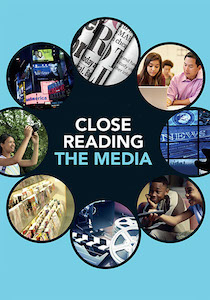
Often, if I’m speaking in a classroom with elementary or middle school students, I will write the word MEDIA on the board and ask them to define it. Interestingly, even the older students struggle with this.
They may go to the “media center,” but because teaching about media is not part of the typical curriculum, many of them don’t really understand what it really IS.
What is clear is that the media – especially the Internet, television and streaming services – are getting much attention. As many of us continue to shelter in place as much as possible, we are plugging in and turning on entertainment media. For many, it’s an important distraction from the news (another dimension of media, but not the most popular one).
Some forms of media are struggling
As of this writing (end of April 2020) I am watching a media system partially in disarray.
Newspapers, many of them already hampered by the loss of advertising and resulting layoffs, are struggling to cover the biggest story of our lifetimes with fewer resources. As deaths from the Covid-19 virus mount, many papers have expanded their obituary sections, out of necessity. [Note: if you can, please consider supporting these vital media services by purchasing a digital subscription.]
When the pandemic first started, I created a database of 100s of magazine covers from the US and around the world. These are perfect “media texts” for students to analyze and deconstruct.
You may have noticed that quite a few advertisers have now started to make references to the Coronavirus, but in a subtle, less direct way. Many are afraid to hawk products and services too aggressively for fear of alienating their customers and are choosing to tread lightly.
One extreme example: UBER, the car riding service, actually broadcast a commercial (below) urging people not to ride with them. Trade periodicals, such as Advertising Age and AdWeek are excellent sources right now to follow the radical change in advertising, marketing, branding and sponsorships.
The tourism business, which has traditionally reached its audience via magazines, newspapers and TV, is suffering. People aren’t traveling, and without customers, amusement parks, and other travel destinations are closed. The hotel industry is an example of the ripple effect.
Sports events are cancelled or postponed, which means no broadcasts of games, and empty arenas and stadiums. The sports cable networks are left to fill the void with re-broadcasts and minor events (a stone-skipping tournament and lumberjacking competitions, for example).
The recent NFL Draft aired on the ABC TV Network over several nights in prime time. According to the NFL, the event was a huge win for the network, its affiliates and its advertisers. The draft (which also appeared on ESPN and the NFL Network) “shattered” records with more than 55 million people watching over three days. (Source) Teams made their selections from remote locations after more than a month of remote scouting. In that sense, the Sporting News commented, the 2020 NFL Draft was “an unprecedented event.”
New movies and TV shows in pause mode
Many TV and movie productions have been halted or delayed. Movie studios have juggled release dates on upcoming films (most theatres have been closed). Some studios decided to release first-run titles directly to streaming platforms, allowing customers to see new productions as they “pay to view.” Career opportunities in these fields have been “put on hold” – for how long, no one really knows.
TV news shows that are broadcast live, like NBC’s Today show, now position anchor people in different locations (typically at home) to demonstrate social distancing. Interviews typically conducted face-to-face are now conducted virtually. Local TV news, incidentally, is receiving positive marks: a poll showed 75% felt that their local news met or exceeded their expectations.
The amount of Internet traffic has significantly increased. More people are now working from home, and using the Internet is essential to what they do. Consequently, some big telecom companies have made changes in order to help alleviate what might be a slow-down in services. [See: How Coronavirus Slows Internet Traffic.]
Eyeballs on social media have certainly increased, but at the same time, so has the amount of disinformation. More of us are being exposed to what looks like “the news” when in fact, it may have originated from a foreign country. The US government has claimed the sources of much of this are China and Russia. Case in point: Chinese Agents Helped Spread Messages That Sowed Virus Panic in the U S (April 23, 2020 New York Times) Experts tell us these and other disinformation campaigns will certainly continue up to the 2020 Presidential Election.
All of us would be advised to verify information more often before sharing. If you’re not already using a reliable factchecking website, now might be a good time to start.
So why should you (or your students) care?
The media is what we depend on to get our news, information and entertainment. Think about how much we depend on radio, TV, news and more. Like many other businesses, these media industries are striving to continue doing business and accruing revenue as much as possible.
What hasn’t changed is how we should think about what we see, hear and read. Media literacy is about applying critical thinking to what we consume. Unfortunately many media-illiterate people are going to believe the hoaxes and conspiracy theories people will post.
Many others will spread this disinformation without a thought as to who created it and why. Skepticism is important now more than ever. So are our attempts as educators to help the upcoming generations gain true media literacy and “flatten the rising curve” of ignorance and fallacy-ridden thinking that is already damaging our democracy.
We may be in the middle of a pandemic, but let’s not forget to stop and think about the importance of the media. And to appreciate the efforts of ethical media to keep us informed. They may have their faults, but all in all, they’re forging ahead under tremendous pressures to tell the stories of an unprecedented medical, social and economic catastrophe.
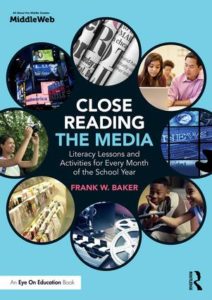

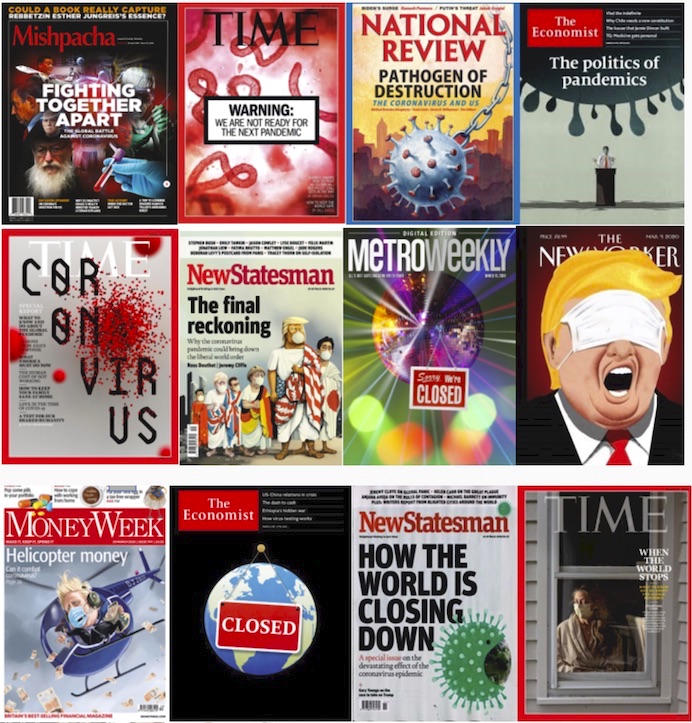
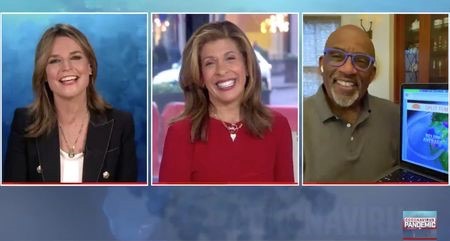
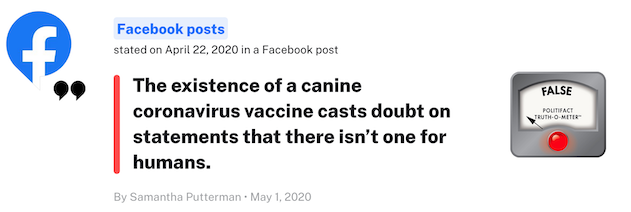


































How TV has adapted to remote productions during the pandemic
https://wapo.st/3bjURvy
House approves expanded media access to relief funding
The House of Representatives has passed legislation that would allow local television and radio stations, as well as newspapers, access to federal assistance. “As local radio and TV stations and hometown newspapers struggle with historic advertising losses, it is critically important they have access to resources to support lifesaving journalism that keep families and communities out of harm’s way,” said Gordon Smith, CEO of the National Association of Broadcasters. Full Story: Inside Radio
http://www.insideradio.com/free/bill-that-would-help-struggling-broadcasters-passes-in-the-house/article_7ca8aed4-98dc-11ea-8aa3-37448b780163.html
The TV Commercial, Once Advertising’s Main Event, Suffers in the Pandemic https://www.nytimes.com/2020/05/28/business/media/coronavirus-advertising.html
This is how COVID-19 is affecting the advertising industry
https://www.weforum.org/agenda/2020/06/coronavirus-advertising-marketing-covid19-pandemic-business/
U.S. 2020 Ad Spending to Fall 17 Percent, Excluding Political, Amid Pandemic
https://www.hollywoodreporter.com/news/us-2020-ad-spending-fall-17-percent-pandemic-forecast-1298375
Every movie and TV show delayed by the coronavirus https://www.gamesradar.com/coronavirus-movie-tv-show-delay-list/?utm_content=buffer1e750&utm_medium=social&utm_source=twitter.com&utm_campaign=buffer_tftw
Hollywood’s New Pandemic Protocols Racing to figure out how to film before we run out of new shows. https://www.vulture.com/2020/07/how-hollywood-studios-are-scrambling-to-make-tv.html#_ga=2.52464488.1903719463.1594289502-2035870122.1594289502
As games resume, sports media tries to rebound from advertising ‘wasteland’ https://pitchbook.com/news/articles/sports-media-adapts-to-sports-free-world
The Coronavirus Is A Disaster For The Media Industry, But Some Websites And Magazines Are Thriving https://www.buzzfeed.com/joeydurso/coronavirus-media-industry-good-news
Pandemic complicates production for TV, film studios
Health concerns and industry regulations related to the ongoing coronavirus pandemic are complicating studios’ plans to resume production on movies and fall television shows. The future of major league sports seasons remains cloudy, while Netflix says it doesn’t expect US production to resume this year.
https://www.latimes.com/entertainment-arts/business/story/2020-07-17/hollywoods-revival-post-pandemic-hit-roadblocks
Coronavirus-Driven Downturn Hits Newspapers Hard as TV News Thrives https://www.journalism.org/2020/10/29/coronavirus-driven-downturn-hits-newspapers-hard-as-tv-news-thrives/
Pandemic disrupts TV production, affects plot lines
Restrictions and shutdowns related to the ongoing pandemic are disrupting production of television shows, which often work on much tighter schedules than feature films. Networks and streaming services are adapting plotlines to reflect pandemic realities, searching for alternate filming locations and, in some cases, cancelling shows entirely.
https://www.washingtonpost.com/road-to-recovery/2020/11/25/tv-production-covid-lessons/?wpisrc=nl_sb_smartbrief
HOW TV NETWORKS ADAPTED IN THE PANDEMIC https://adage.com/article/year-review/how-tv-networks-adapted-pandemic/2299516?utm_source=ad-age-daily&utm_medium=email&utm_campaign=20201231&utm_content=hero-headline
How COVID changed media consumption in America https://www.axios.com/pandemic-media-streaming-podasts-cable-news-966f4b15-60c5-45c2-a6ba-f5d77febda13.html
How the Pandemic Impacted Journalism
https://www.nytimes.com/2020/04/10/business/media/news-media-coronavirus-jobs.html